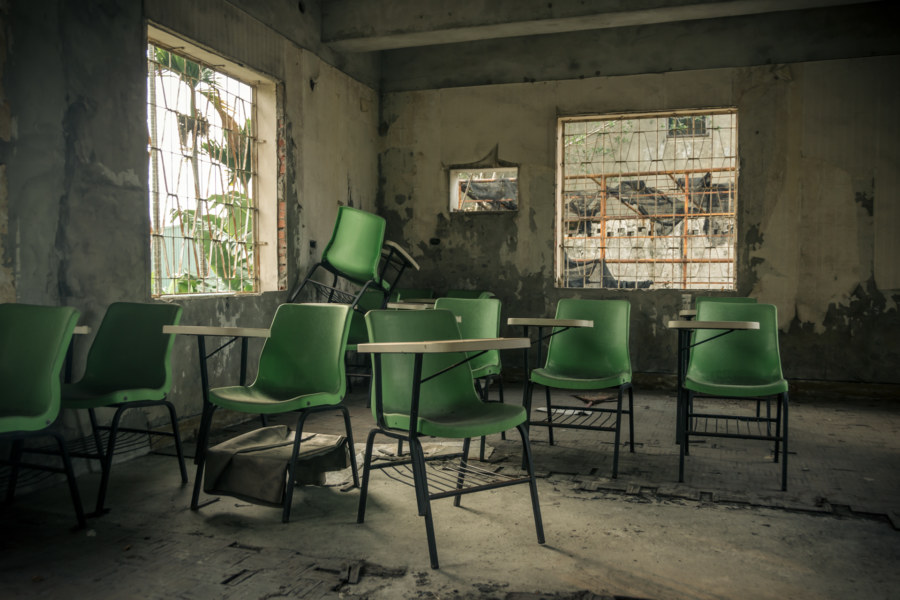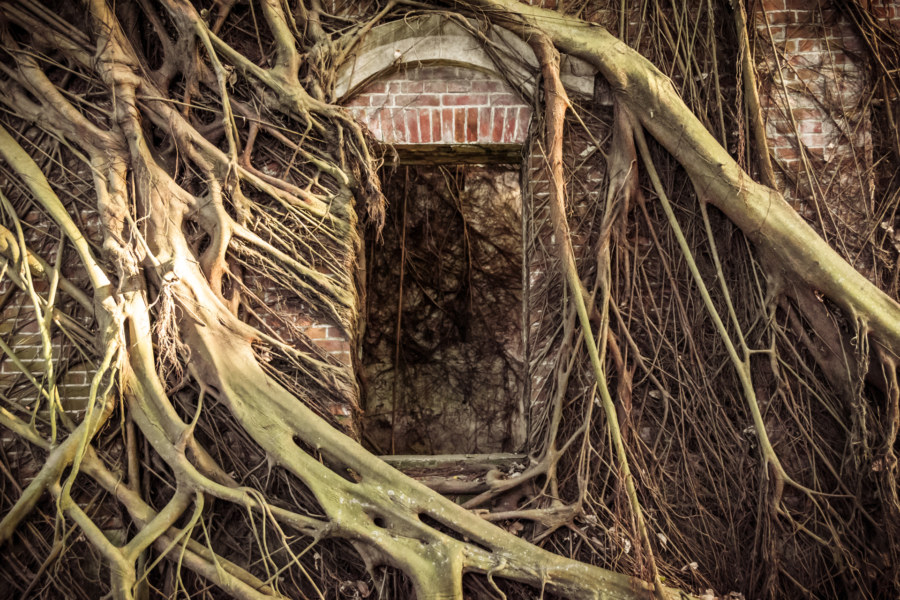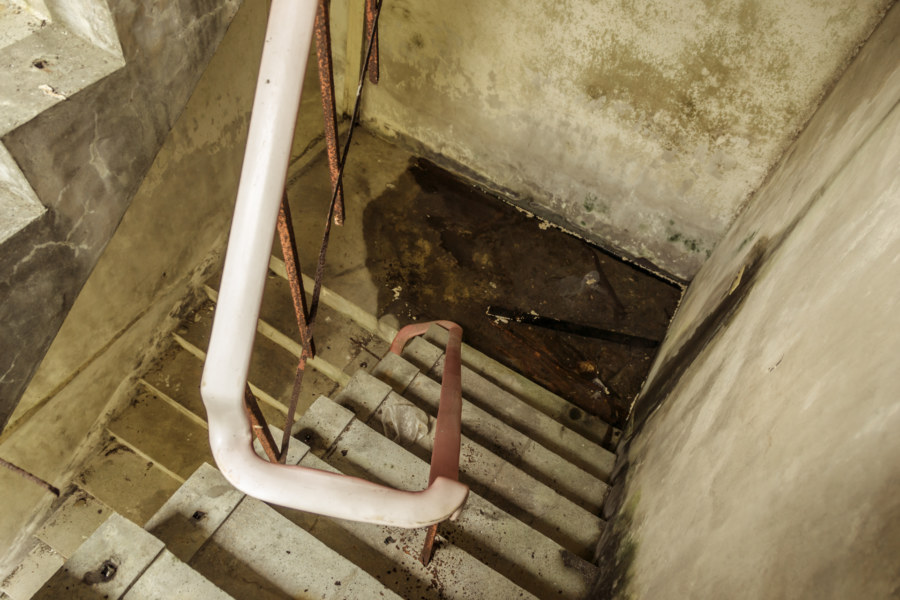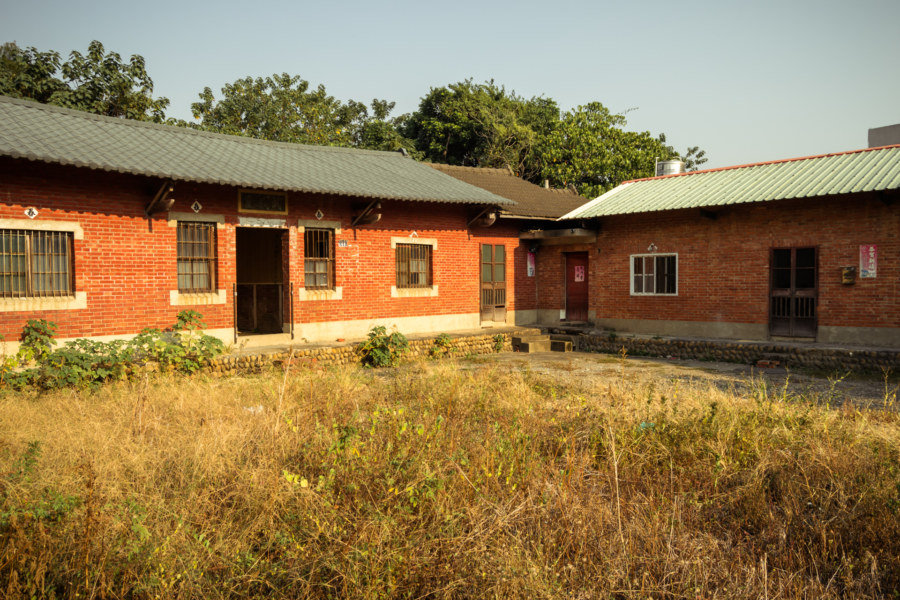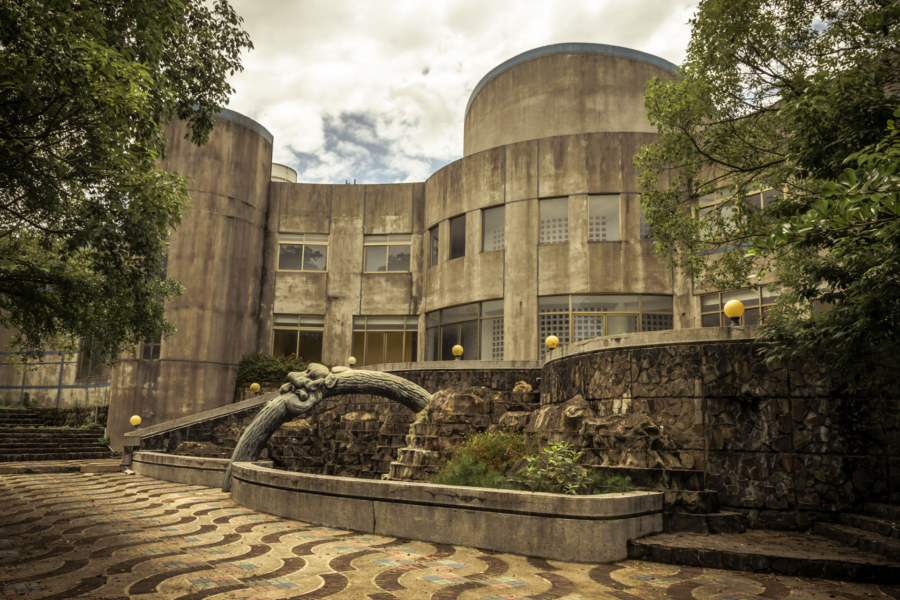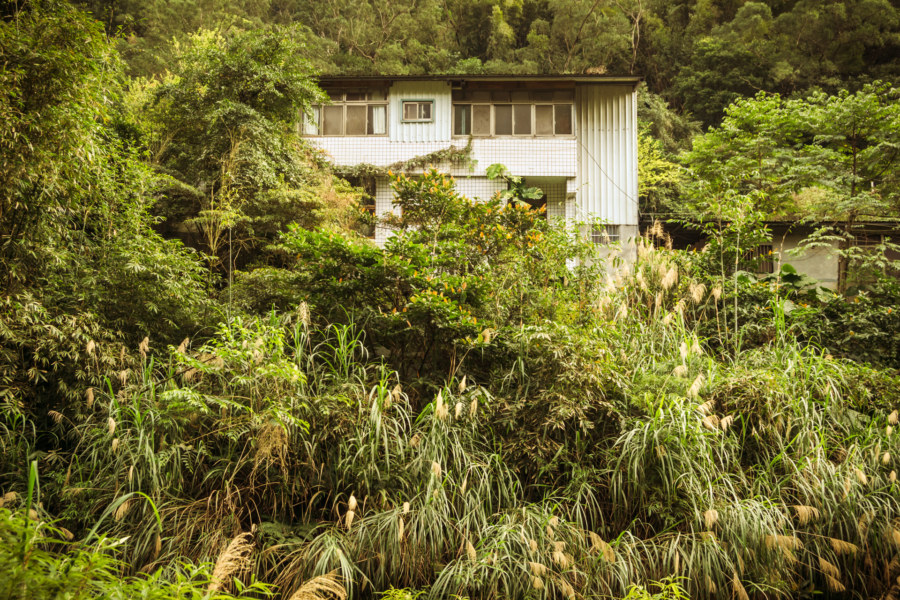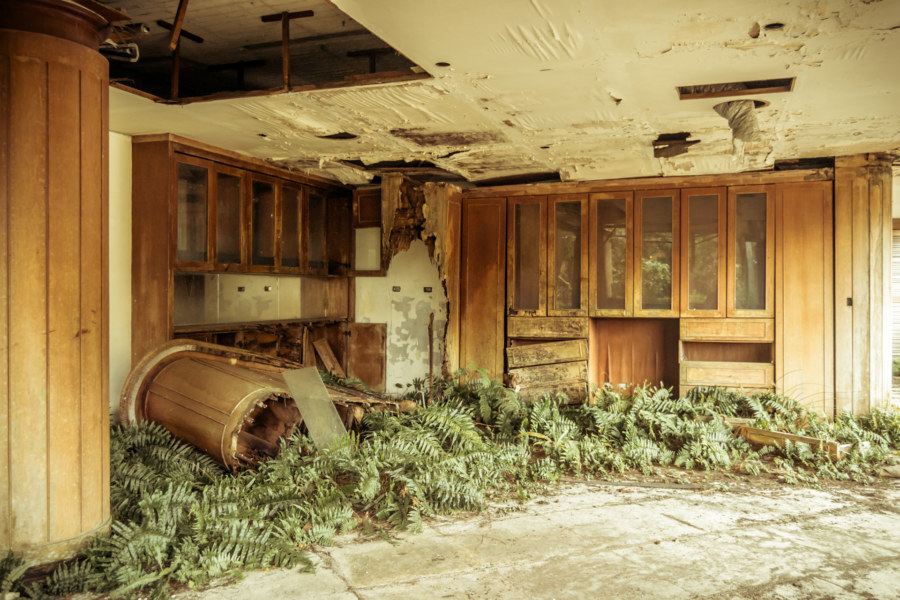On the way back from the 921 Earthquake Museum 九二一地震教育園區 in early 2014 I noticed an abandoned building at the side of the highway in rural Wufeng. Stopping to investigate, at first I assumed it must have once operated as a bǔxíbān 補習班, or cram school, a common feature of the social landscape here in Taiwan, but that initial hypothesis turned out to be completely wrong. Years later it was brought to my attention that this was originally Mínshēng Clinic 霧峰民生診所, the office of a country doctor by the name of Lín Péngfēi 林鵬飛. He passed away several years ago, leading to the abandonment of the clinic. More recently it was purchased by local farmers, completely renovated, and has reopened as a small museum and community center, the Wufeng Minsheng Story House 霧峰民生故事館.
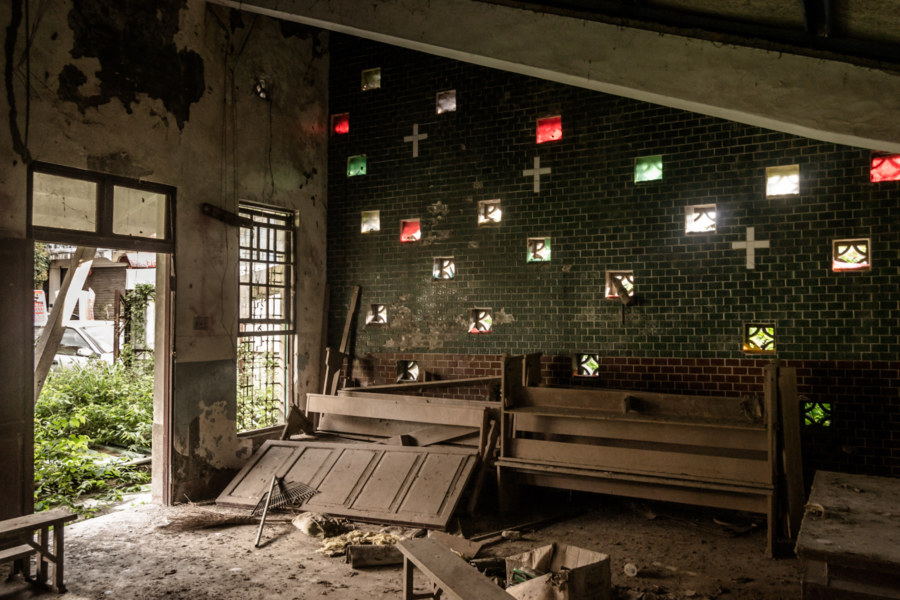
Taiwan is an unusually rich place for anyone interested in mapping out urban and industrial histories through the exploration of abandoned, disused, and neglected places. Gathered here are full reports and field notes from some of my many urban exploration (城市探險) adventures around the country.
Minxiong Liu Family Mansion 民雄劉家洋樓
The Liu Family Mansion (劉家古厝) in Minxiong, Chiayi, is one of the most famous ruins in all Taiwan. Situated in the countryside just outside of town, this old Baroque Revival-style red brick building is more informally known as the dreaded Minxiong Ghost House (民雄鬼屋). It was built in 1929 for Liú Róngyù (劉溶裕), a businessman with seven children, and appears to have been abandoned sometime in the early 1950s, not long after the end of Japanese colonial rule.
The Leaning Tower of Su’ao 蘇澳斜塔
There are plenty of crummy old apartment blocks in Taiwan, many of them abandoned and left to the elements. I seldom take more than a cursory look any more since they’re so easy to find—just ride or walk around and look for broken windows and grime. Most of the time there isn’t much to see inside—and anything valuable or interesting has almost always been removed. Even so, I stopped for a moment to investigate this particular building in Su’ao, a township in Yilan, and made an intriguing discovery.
A Traditional Home in Dacun 大村三合院
Today I would like to take you inside an abandoned sānhéyuàn (三合院), a traditional Taiwanese courtyard home. This particular home is in Dacun, a rural township in Changhua, but it is not unique. The Taiwanese countryside is littered with tens of thousands of these old homes, many of which have fallen into disrepair and abandonment over the years. I have given this place a name but it is merely a description of convenience. Chances are it has no formal name.
Renoir Resort Club 雷諾瓦俱樂部
Renoir Resort Club (雷諾瓦俱樂部) is a surprising find in Guānzilǐng (關子嶺), the most famous and well-developed hot springs town in Baihe, Tainan. I went to stay there one night in the spring of 2014 to have a look around—but I didn’t expect to find an abandoned club next door to where I was staying. I probably should have known; this is Taiwan, an urban exploration utopia of sorts. Sometimes you will get lucky and discover someplace cool without even trying.
An Abandoned Home on Yinhe Road 銀河路老屋
One fine morning in February 2014 I decided to go out riding. I had seen photos of a beautiful cliffside temple next to a waterfall in Xindian and it looked to be within easy reach of my place in Jingmei. I set out for the highway leading to Pinglin, passing through the sprawl of southern Taipei under the warm winter sun. The roadway began to steepen as I reached the outskirts of the city. Struggling against gravity—but enjoying every minute of it—I ascended into the hills before taking a turn onto Yínhé Road 銀河路 (the literal translation of which is “silver river”, better known to us as the Milky Way).
Yongye Road Hotel 永業路旅館
I was out cycling through Bitan in Xindian one night when I noticed a big building with blown-out windows looming over Yongye Road (永業路). The skeletal outline of a collapsed rooftop against the umbral sky confirmed my suspicions: this building was abandoned. It was too dark to take a closer look that particular night but I vowed to return.
